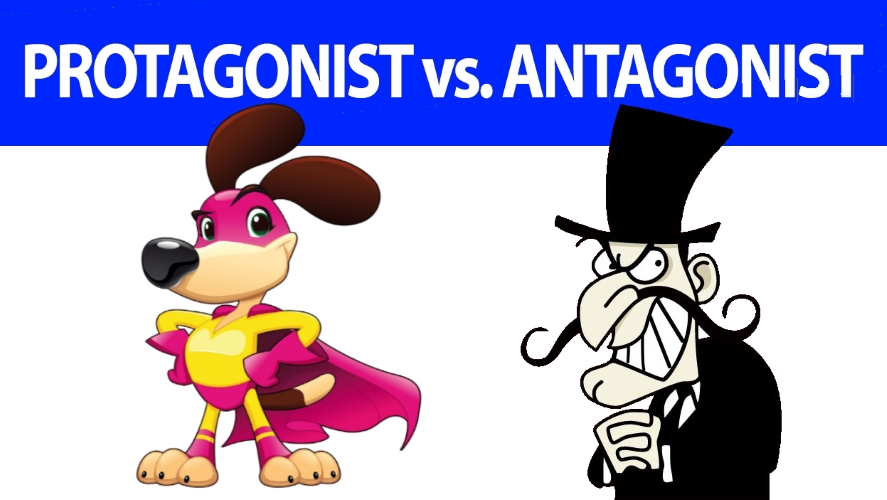
Protagonist Characteristics
Let’s define the protagonist and antagonist. The protagonist must be a sympathetic lead character who symbolizes heroic qualities. They must understand right from wrong, good as opposed to evil. They should not do anything illegal, unethical, or immoral in their attempt to concur their trouble.
If a ravaged beast is chasing them, they should not escape from their clutches by turning it towards an innocent bystander. If your hero kills someone or something out of self-defense, your hero should feel remorse and be shaken by what has happened.
Your readers do not want to read a book about idiots, fools, or a wimp. The hero should stand up to danger and fight back intelligently.
Readers will not identify with cowards no matter how likable you make your character. They don’t want to read about people who run from their problems or escape from the consequences of their actions.
Your protagonist should have a sense of humor, and some of that humor should be directed at himself.
Your protagonist should be kind and considerate of people around him. But don’t make him into a saint.
Make the hero (protagonist) real. Make them a three-dimensional character. Make them your next-door neighbor. They should have some faults. No one is perfect.
Antagonist.
Antagonist, “opponent, competitor, villain, enemy, rival,” which is derived from anti- (“against”) and agonizesthai (“to contend for a prize”)
In stories, antagonist moral choices are less savory than those of the protagonists. As a writer, we use an antagonist to create conflict within a story.
An antagonist is used as a plot device, to set up conflicts, obstacles, and/or challenges for the protagonist. An antagonist, it often is used to increase the level of drama. In tragedies, antagonists are often the cause of the protagonist’s main problem or lead a group of characters against the protagonist.
Most the time, you’ll introduce the antagonist early on as well, both to get the conflict rolling and to foreshadow the threat to whatever it is your character cares about. If you’re unable to introduce the antagonist early on in your story, you at lease must offer hints in the first chapter about their existence.
Have the antagonist reveals something that the hero didn’t know when he started the scene. This bit of bad news can alter all the viewpoints character assumptions about how the scene might unfold – even for the same to deviate slightly from his started scene goal. This puts the hero at a decided disadvantage – which worries the reader more. Have your protagonist for the ticking clock the duration of the scene – perhaps by saying something like, “I’ve got exactly 5 minutes to give you. You better make it good and you better make it fast.”
Understand your antagonist first, then understand your protagonist. What secrets are your characters hiding?
Greed – is an excellent motivation for an antagonist.
Make the antagonist have one weapon then when the protagonists get that away from him, they have another weapon. Then when they managed to take that away, have the antagonist be a karate expert. Have one startling and/or frightening complications, one after the other. Be extremely tough on him/her.

